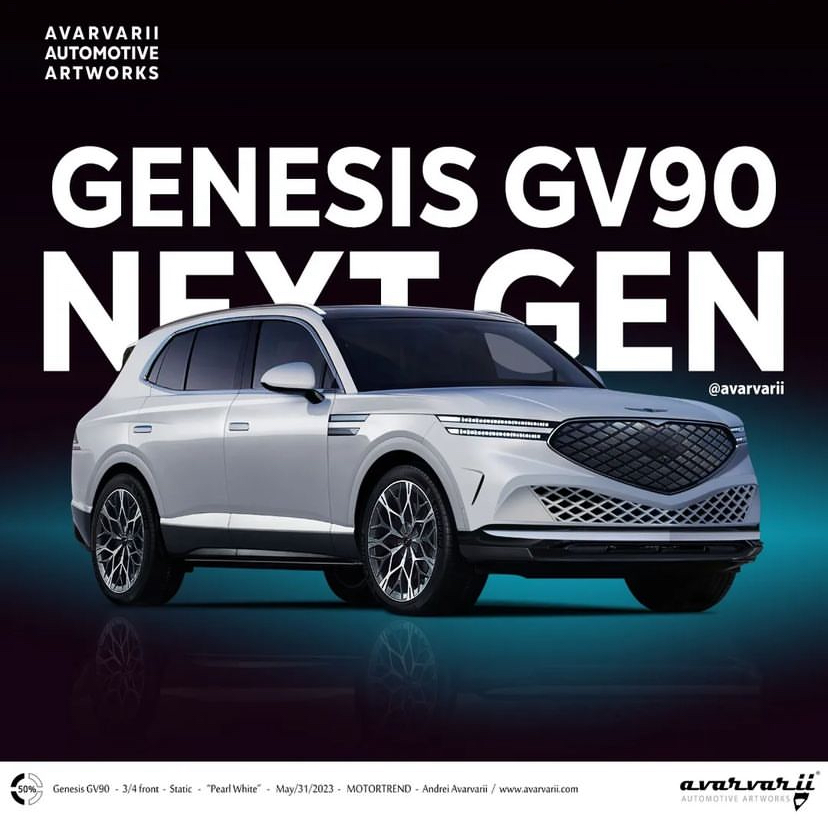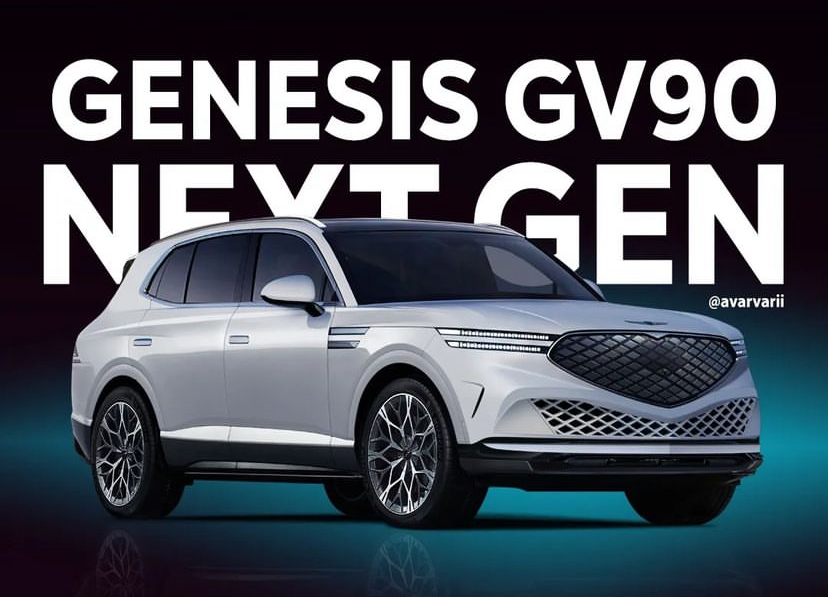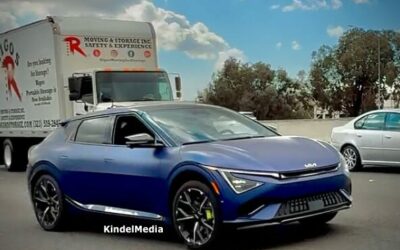Genesis continues working on its flagship SUV, the GV90, an all electric SUV scheduled to be launched in 2025. We recently shared with you new information regarding the alliance with Samsung to provide the electric SUV with the latest technology, OLED screens and company’s processor. Today we want to show you how Genesis’ big SUV could look thanks to Avarvarii.
The GV90 is a next-generation electric vehicle under development by Hyundai Motor Group and it will be the first large electric sport utility vehicle (SUV) to be introduced under the Genesis brand. Samsung’s cutting-edge components will be used to implement Hyundai’s next-generation flagship SUV.
So, Samsung Electronics and Samsung Display are working with the Exynos Auto V920 processor for vehicles together with an organic light emitting diode (OLED) display to supply the Genesis GV90. The GV90 will maximize R&D efficiency, including development period and cost, by sharing major parts with electric SUVs already under development by Hyundai and Kia. Despite the KIA EV9 still uses the E-GMP platform,
Hyundai allegedly premiere the eM platform in the IONIQ 7 and later will be used by Kia’s GT1 electric sedan and the proper GV90 (to be launched in 2024 and 2025 respectively). If this new platform in recently leaked documents showed a battery capacity of up to 113 kWh and an expected range of up to 800 km, we could guarantee that Genesis’ future flagship SUV will be competitive.
Specs revealed regarding “eM” Platform Codenamed as JG1, the GV90 will use the semiconductor from Samsung Electronics, the ‘Exynos Auto V920′ in order to offer the latest infotainment system with video streaming service and games. The Exynos Auto V920 is equipped with 10 CPUs for electronic devices, which increases performance by 1.7 times compared to the previous generation.
By applying the latest computational core, NPU (Neural Network Processing Unit) performance has also improved 2.7 times. NPU is an important factor in implementing artificial intelligence (AI). This is the first time that semiconductors for Samsung Electronics’ IVI will be applied to Hyundai Motor.
Although it is rare for the two companies, which have been at a distance due to their competitive relations in the past, to cooperate, it is also unusual for Samsung-made semiconductors to be used in strategic models considering the characteristics of the finished car industry, which requires high reliability as well as performance. In addition, OLED that is made by Samsung Display will be applied to GV90.
It is expected to be 25 inches in size from the driver’s seat to the center fascia. This is also the first case of Samsung OLED being applied to Hyundai Motor’s main display.







